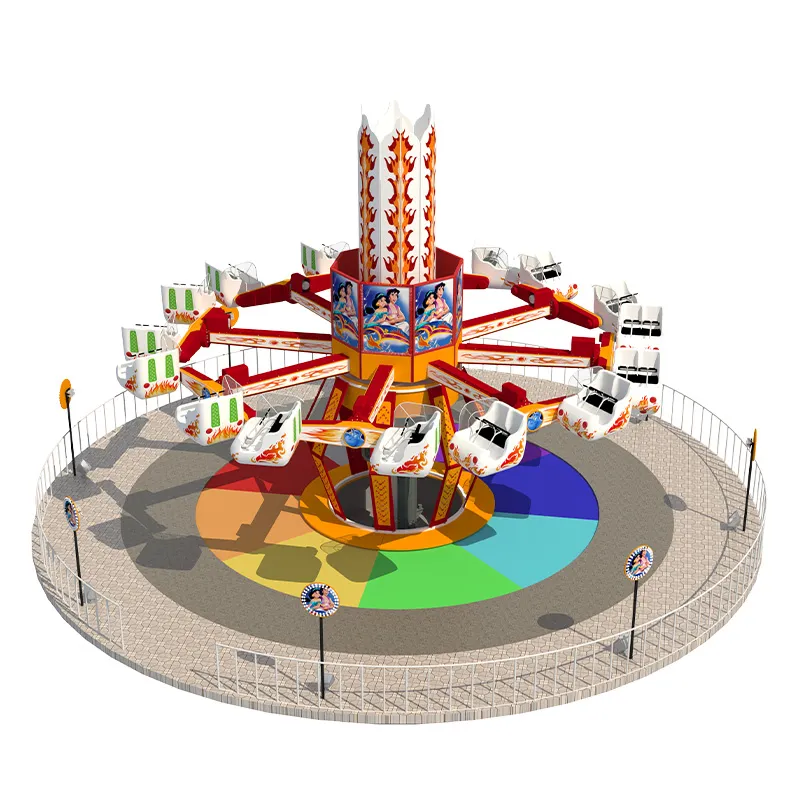- Albanian
- Arabic
- Belarusian
- Bengali
- Czech
- English
- French
- German
- Hebrew
- Hungarian
- Indonesian
- irish
- Italian
- Japanese
- kazakh
- Persian
- Russian
- Thai
- Uzbek
- Vietnamese
rollercoaster design
Designing the Ultimate Roller Coaster A Thrilling Journey Through Physics and Creativity
Roller coasters have long been a symbol of excitement and adventure at amusement parks worldwide. The delicate balance of engineering, technology, safety, and creativity encapsulated in roller coaster design is fascinating. When designing the ultimate roller coaster, several key factors come into play, including physics, aesthetics, theme, and rider experience.
At the heart of every roller coaster is the fundamental principle of physics. Roller coasters operate primarily on the concepts of potential energy and kinetic energy. As a train ascends a steep hill, it accumulates potential energy. When it descends, that energy is converted into kinetic energy, propelling the train forward at exhilarating speeds. Designers must calculate the height and slope of each hill carefully to ensure a smooth transition between these energy forms, providing an adrenaline-pumping experience without compromising safety.
Designing the Ultimate Roller Coaster A Thrilling Journey Through Physics and Creativity
Beyond the essential physics of the ride, aesthetics and theming play a significant role in roller coaster design. A thrilling ride is not just about speed and height; it is also about creating a captivating environment that immerses riders in an experience. Themed roller coasters can transport riders to different worlds, whether it’s a medieval castle, a post-apocalyptic landscape, or an underwater adventure. Designers work closely with artists and architects to ensure that every element, from the coaster's layout to the surrounding scenery, aligns with the chosen theme. Attention to detail in design can elevate the ride from merely thrilling to truly unforgettable.
rollercoaster design

The rider experience is a crucial aspect of roller coaster design. Engineers aim to create a ride that delivers a mix of excitement, fear, and joy. This involves careful planning of the coaster's elements—drops, loops, corkscrews, and airtime hills—ensuring a seamless flow that keeps the riders engaged. Each moment is meticulously crafted so that even the briefest pause before a drop builds anticipation, flooding the riders with adrenaline.
In addition to physical elements, modern roller coasters often incorporate technology to enhance the experience. Virtual reality (VR) can be integrated into rides, allowing passengers to experience a whole different level of immersion. Some coasters utilize on-ride audio, synchronized with the motion of the train, to create a more cohesive narrative that enhances the thrill.
Moreover, sustainability is becoming increasingly relevant in roller coaster design. Designers are now considering ways to minimize the environmental impact of rides, from using energy-efficient systems to incorporating materials sourced from sustainable practices. This shift not only secures the future of amusement parks but also aligns with an increasing public demand for environmentally friendly entertainment options.
To sum up, designing the ultimate roller coaster is an intricate dance of science, creativity, and innovation. It requires an understanding of physics for the ride's function, a keen eye for aesthetics and theming, and a commitment to safety and sustainability. As technology continues to evolve, so too will the possibilities in roller coaster design, promising that the thrill of the ride will remain a beloved feature of amusement parks for generations to come. Riding the waves of creativity and engineering, roller coasters will always be a testament to human ingenuity and the endless quest for adventure.
-
Flume Ride-Hebei Zhipao Amusement Equipment Manufacturing Co., Ltd.|Thrilling Water Attraction&Customizable DesignJul.30,2025
-
Flume Ride - Hebei Zhipao Amusement Equipment | Water Coaster, Thrilling DescentJul.30,2025
-
Flume Ride - Hebei Zhipao | Thrilling Water AttractionJul.30,2025
-
Flume Ride: Thrilling Water Attraction by Hebei Zhipao|Log Flume Manufacturers&Flume Ride DesignJul.30,2025
-
Flume Ride-Hebei Zhipao Amusement Equipment Manufacturing Co., Ltd.|Thrilling Water Coaster, Safe DesignJul.30,2025
-
Flume Ride-Hebei Zhipao Amusement Equipment Manufacturing Co., Ltd.|Thrilling Water Attraction, Safe DesignJul.30,2025
